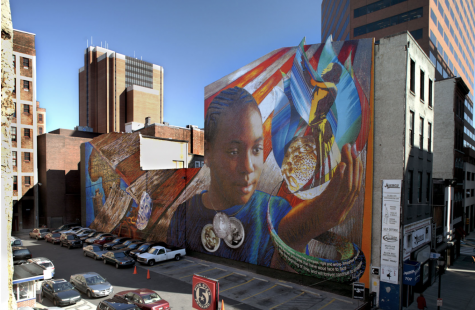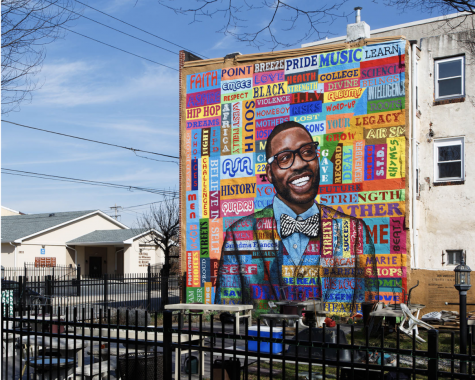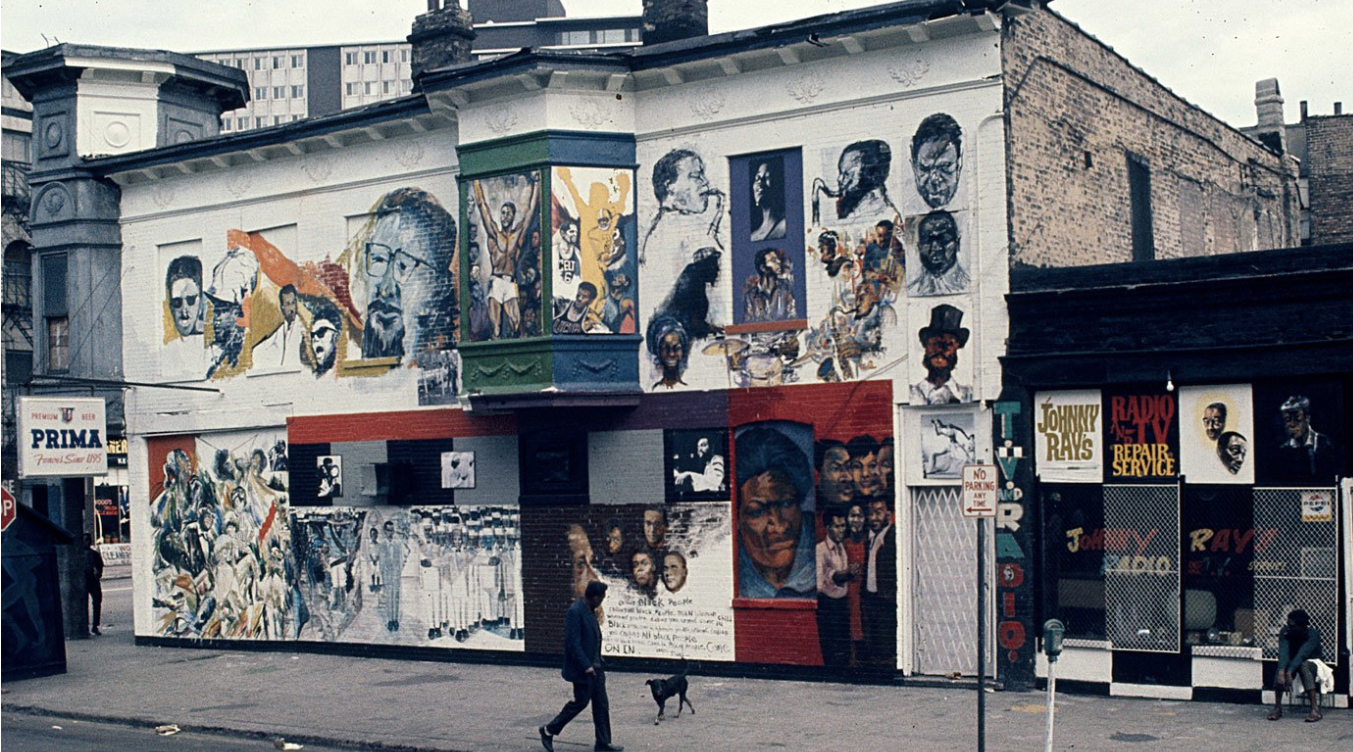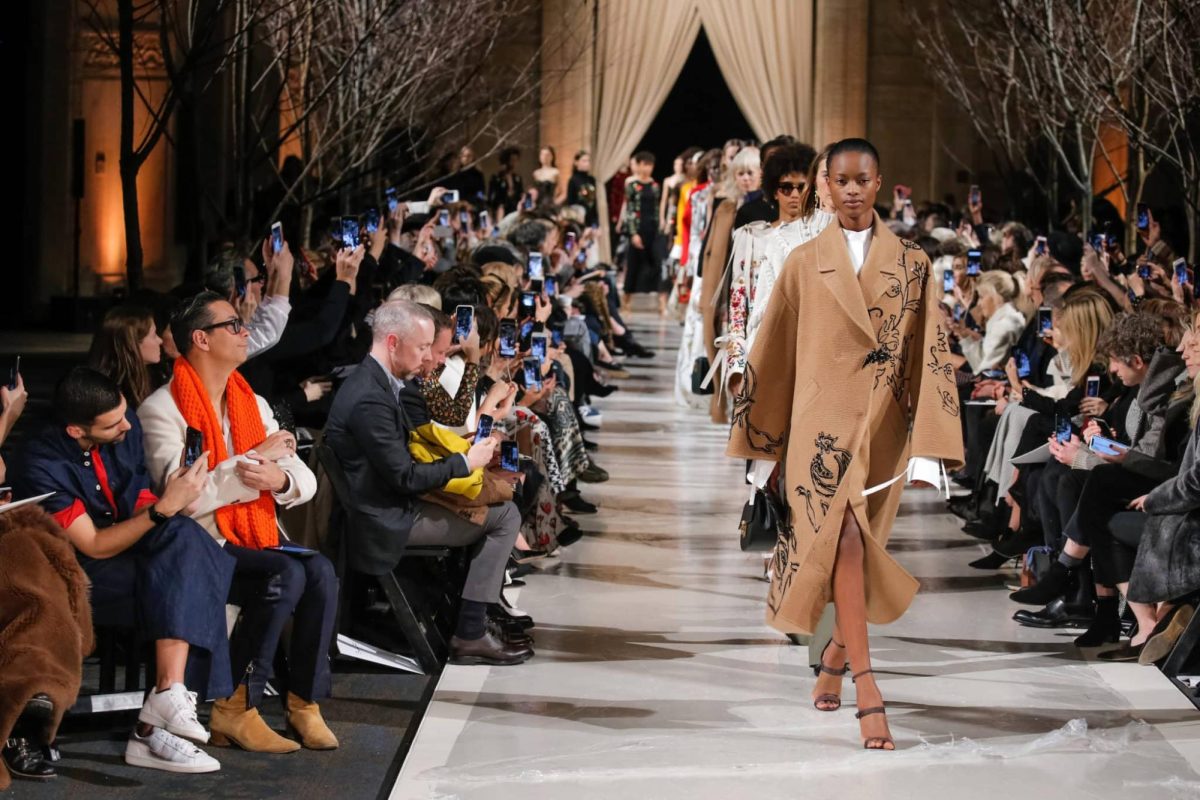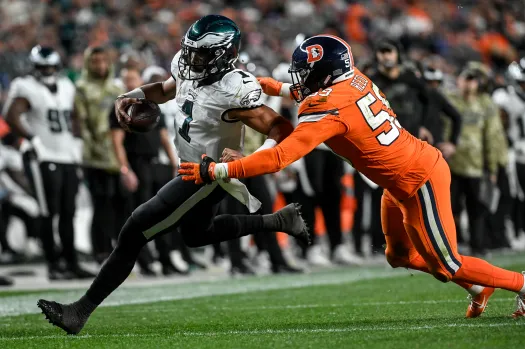If you walk through the streets of Philadelphia, you will be surrounded by art. On street corners, in city squares, and under bridges, there are countless examples of art throughout the city. However, Philadelphia has gotten global attention for having the most of one specific form of art: murals. But these public displays of creativity, colors, and figures are more than just a way to beautify Philadelphia. Murals have a unique ability to express stories, hope, and the quest for change.
Firstly, what is a mural? According to Widewalls, murals have a pretty broad definition. They are defined as “any piece of artwork painted or applied directly onto a wall, ceiling or other larger permanent surfaces, flat, concave or convex.” Because murals are defined generally, artists have been able to express themselves freely through them for thousands of years.
The first known mural was discovered in Southern France and dates as far back as 30,000 B.C. (Community Rejuvenation Project). Many early murals, such as this one, were painted in caves, tombs, and palaces. Later, during the Renaissance, as art and creativity flourished in Europe, murals gained popularity. Many murals painted during this time, like The Last Supper and The Creation of Adam, are still praised and studied today. The significance of murals greatly changed in the early 1900s, as Diego Rivera, José Clemente Orozco, and David Alfaro Siqueiros, known as “the great three” painted their murals with purpose. During the Mexican Revolution, Diego Rivera used murals as a tool to communicate his political views and hopes for his nation. Rivera’s art inspired the Mexican Muralism movement, which served as the foundation to the public mural and art movements that followed.
Inspired greatly by the Civil Rights Movement, many art and mural movements began in the United States, including the Chicano art movement and the African American community mural movement. These movements allowed artists to establish a unique identity, and paint pictures of community, and purpose. The community mural movement began in Chicago in 1971, where The Wall of Respect was painted by African American artists to celebrate African American heroes. Within a couple of years, similar paintings could be seen in cities throughout the country. Although the Wall of Respect was suspiciously destroyed just a few years after its completion, its significance lives on as a symbol of the start of an American art movement that empowered minority expression on a large scale.
Today, murals can be found throughout the country, especially in cities. Along Philadelphia’s Mural Mile, you will see many of the city’s most iconic murals, including Legacy by Eric Okdeh and Josh Sarantitis. This mural explores the work of Abraham Lincoln and Frederick Douglass in the abolitionist movement, with images of the two figures shown on a necklace around the neck of a young boy. The right side of Legacy is a mosaic of more than one million glass pieces that were placed by local volunteers, inmate artists, and school students. Other famous murals in the city include Pride and Progress, by Ann Northrup, and ASpire: No Limits by Ernel Martinez. Pride and Progress is painted on the side of the William Way Center, which is the Lesbian, Gay, Bisexual, and Transgender community center in Philadelphia. The large mural shows a gay pride festival in Philadelphia, including many local landmarks. The colorful mural ASpire: No Limits was painted in Point Breeze, Philadelphia to honor Dr. Shawn L. White after he passed away suddenly in 2013. White was a revered community leader in South Philadelphia who, amongst other initiatives, actively worked to research and spread awareness about HIV/AIDS.
Evidently, murals are still utilized today as a powerful and public way for artists to express their stories, hopes, and beliefs. The value of this large-scale art form comes when you aim to understand the story behind the paint.
Writer’s Note:
As I was researching well-known murals in Philadelphia, I ran into a challenge that I did not anticipate. There are many Philadelphian murals in predominantly African American neighborhoods that show minority leaders, stories, or goals. I made the false assumption that these murals would therefore have been painted and designed by minority artists. However, once I dug deeper and googled the artists, I found that almost all of them were white. It took specific keyword searches to find murals that showed minority expression and were painted by minority artists. Maybe this is another example of a white-washed Google search result. Maybe public art foundations should promote and commission more minority artists. While it is necessary that white artists use their platforms to further efforts for racial equality, it is paramount that we do not let their art overwhelm the art and expression of minority artists.
For the reader, a few minority muralists to look into:
- Tatyana Fazlalizadeh
- Danny Torres
- Ernel Martinez
- Lady Aiko
- Willis “Nomo” Humphrey
- Marcus Akinlana
- Icy and Sot
- Georgie Nakima
- Cece Carpio
- Elliott Pinkney
- Betsy Casañas
- Candy Chang
